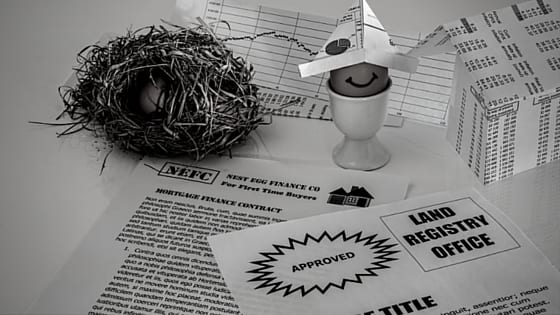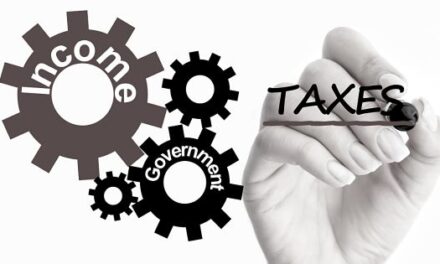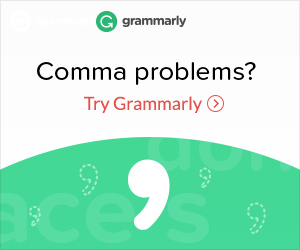Over two million Australians enjoy the personal and professional freedom of self employment, but one frustrating downside emerges when it’s time to get a home loan.

Lenders like the security of a regular pay slip when assessing a home loan application. If you have just started out on your own and haven’t established a history of regular income, securing a mortgage can be a real challenge.
So what are the options for self employed borrowers?
Full Doc home loans
The difference between a self employed borrower and a PAYE borrower is that a lender can easily verify a PAYE applicant’s income. On the other hand, it can be more difficult to establish a self employed borrower’s ability to meet future mortgage repayments.
If you are self employed or a small business owner and you already have your income evidence documentation organised, you may be eligible for a traditional Full Doc loan. These loans typically offer the lowest interest rates.
The lender will require the last two years’ tax returns and tax assessment notices as well as balance sheets and detailed profit and loss statements from the last two financial years. You will also need to provide contact details for your accountant and details of external liabilities such as leases, hire purchases, overdrafts, company loans and/or guarantees.
Lenders use different methods of assessment for self employed people. Some use the average of your last two years’ income and some the lower of the last two years. Others may use a variance method.
Other available loans
If you are unable to provide full financial statements or taxation returns to verify your current income there are some alternatives. Previously referred to as Low Doc home loans, many lenders now prefer terms such as Alt Doc, Lite Doc and Flex.
Not all lenders offer these loans and different lenders have different requirements. It is important to discuss your specific needs with a mortgage broker who can assist you to find the right lender for your particular circumstances. If you are shopping around, lenders may see multiple enquiries in a short space of time as a troubling sign.
These loans may be suitable for the following situations:
- Self employed for a minimum of 2 years
- Financials not yet done
- Financials not reflecting the full story
- A business showing fluctuating annual income
A lender may require your previous year’s BAS statements plus business transaction account statements for a period of time. Timespans may vary between lenders. You also have to sign a ‘Declaration of Financial Position’ and provide a statement signed by your accountant verifying your income.
While some of these loans have interest rates and loan features comparable to standard variable loans they are often around 1% higher. Lending criteria varies between lenders but they generally lend a maximum of 80% of the property’s value.
If you establish a track record of on-time loan repayments on your loan, after two years you usually have the option to transfer to a traditional Full Doc loan with a standard variable rate.
Make sure your accountant is not too clever!
Most self employed people want their accountant to make use of legitimate strategies to lower their taxable income. While this may be effective in minimizing the amount of tax you pay, be aware it will work against you when applying for a mortgage.
Although lenders always examine an applicant’s ability to meet their loan servicing requirements, they understand there is a difference between your taxable income and your actual income.
Did you know that for every additional $10,000 (net) you pay yourself, depending on the lender’s criteria and your personal situation, you can borrow up to $90,000 more? Conversely, you would be paying tax of around $2,899 on that extra $10,000.
You can increase your assessable income – and therefore your borrowing power – through add backs such as:
- Depreciation
- Additional superannuation
- One off expenses (these may need to be confirmed by an accountant)
- Interest expenses
- Rental property expenses
- Trust distributions (not all lenders will accept this and some will require verification from your accountant).
If you are thinking of buying a home, you will need to decide what is more important – reducing the tax you pay or increasing your chances of securing the funding for a home loan.
*Disclaimer: This blog is generic in nature. All financial and investment decisions should be considered wisely and based on your personal and financial circumstances. Seek proper advice before committing to any course of financial or investment action. This is not deemed as advice.























